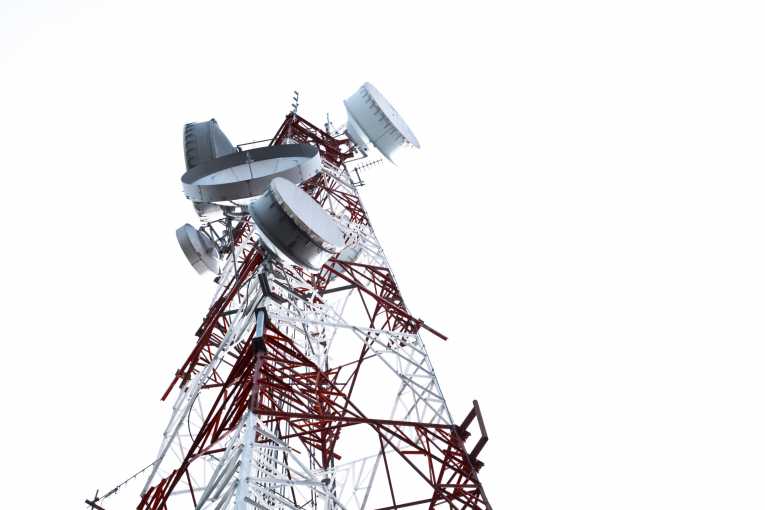There is energy all around us, and with every cellphone we turn on, we add to the invisible web of energy that we are immersed in.
As the world is becoming more environmentally aware and more concerned about conserving, reducing and maximizing the energy we use up, a team of researchers from the Georgia Tech School of Electrical and Computer Engineering have devised a way to harness this web of energy from radios, television transmitters, cellphone and satellite communication networks in ways different from how they were meant to be harnessed.
The energy transmitted by these sources are referred to as ambient energy. Research leader and Georgia Tech engineering professor Manos Tentzeris explains in a news report from the university that "There is a large amount of electromagnetic energy all around us, but nobody has been able to tap into it."
Now, he and his team have designed an ultrawideband rectifying antenna that is printed with an inkjet printer on a flexible substrate. The antenna can gather this "untapped" power from various signals in different frequency ranges - from FM radio to radar, a range spanning 100MHz to 15GHz or higher. It converts microwave energy to DC power which is collected in capacitors and batteries until there is sufficient energy required to power the wireless sensors, microprocessors and communications ICs needed for all sorts of useful purposes, including security and industrial sensors, RFID tags and monitoring systems.
Harnessing only electromagnetic energy from a television station 500 meters away, the researchers demonstrated that enough energy could be obtained to power a temperature sensor. So harnessing various forms of energy aside from TV signals greatly increases the dependability of the energy-scavenging device.
If one frequency range weakens, the system can use other frequencies. It can also be used with other energy harvesting devices, such as a solar cell. It is also proposed as a way to backup systems that depend on other power supplies, such that if the power supply failed, the scavenging system could collect enough energy to enable the system to transmit a wireless distress signal while also potentially maintaining critical functionalities.
Proposed applications
Radar and communication systems at airports release large amounts of ambient energy. At the same time, airports have a great need for security systems. Thus, the technology at hand is a great way to use the existing ambient energy to increase security at airports by powering wireless sensors for explosives, smuggled nuclear material and other sensible dangers.
Using the technology to create smart home temperature and humidity monitoring systems can help homes save on heating and air conditioning costs.
Using them to sense structural stress of buildings, bridges or aircraft could save lives.
They could be used for sensors that could detect chemicals that indicate spoiled food, preventing food poisoning and other problems.
They would also be useful in the emerging field of wearable monitors for medical patients that wirelessly send updates to caregivers.
The technology was presented Wednesday at the IEEE Antennas and Propagation Symposium. It is being developed with support from the National Science Foundation, the Federal Highway Administration and Japan's New Energy and Industrial Technology Development Organization, and other sponsors.
Top Image Credit: © bulldognoi










